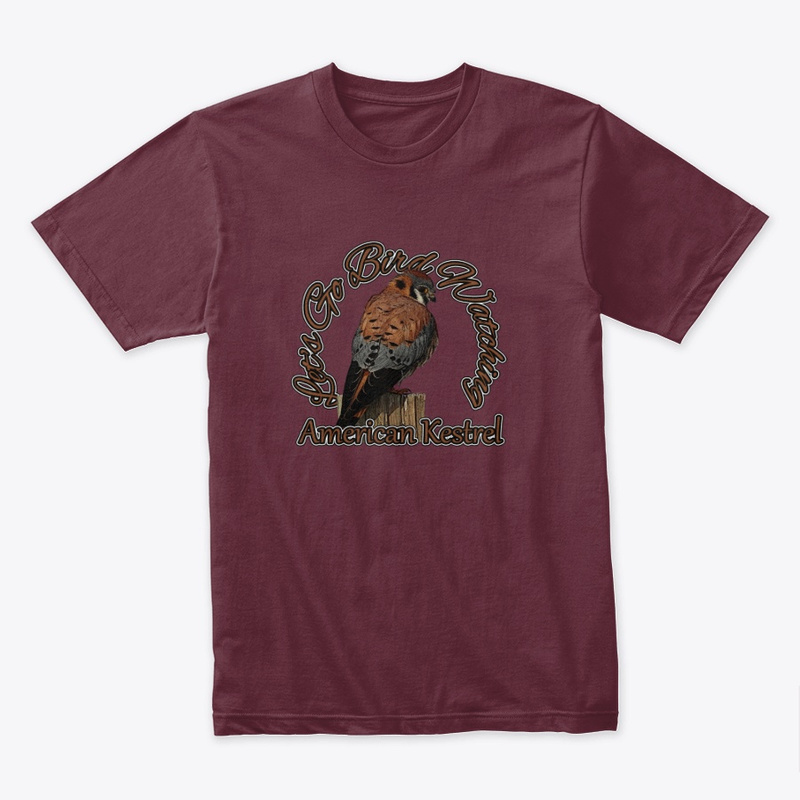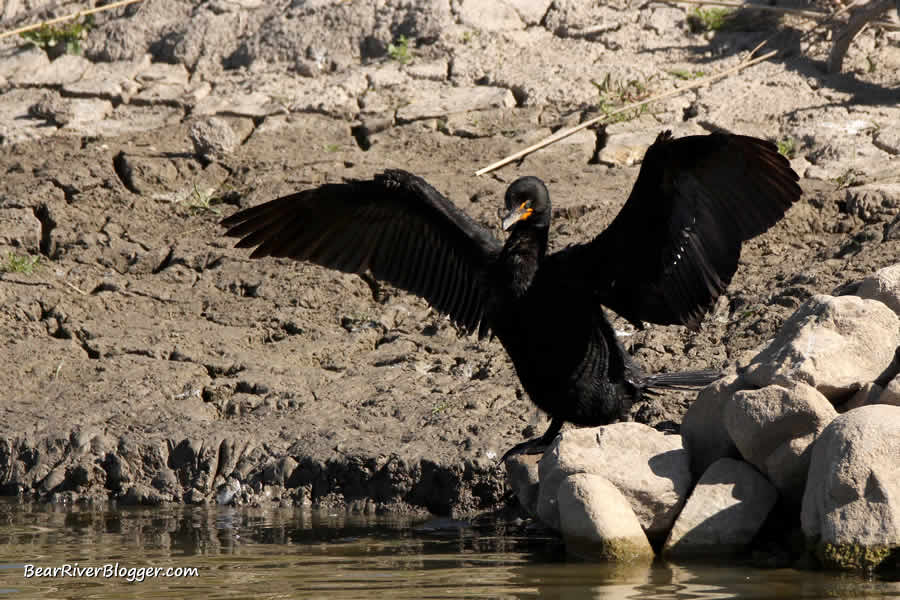During the hot summer months in wetland areas like the Bear River Migratory Bird Refuge auto tour route the double-crested cormorant can commonly be seen standing with their wings held outspread.
It is also pretty common to see these dark-feathered migratory birds not only holding their wings spread out like this but have their backs facing the warm summer sun as well.
The reason for this is cormorants are mostly fish-eating birds and spend much of their time diving and swimming underwater in pursuit of small fish.
And unlike many other water-type birds, cormorants don’t have as much preen oil which helps in waterproofing feathers for other water birds, like ducks, for example.
So in an effort to help dry themselves after fishing, cormorants will hold their wings outspread to the sun’s rays to dry their soaked flight feathers.
It might sound strange that a bird like the cormorant, one that spends a great portion of its day underwater chasing fish, would have such limited natural waterproofing by way of preening oils but it is believed that this “waterlogging” effect on their feathers actually helps the cormorant dive and stay underwater easier, possibly making them more effective in their pursuit of fish to eat.

If that is the case, it makes perfect sense then why they have to spend another large portion of their day standing with wings held outstretched drying their super-soaked flight feathers.
And during the summer when cormorants are pretty common here in northern Utah waterways, I can’t recall another water bird, including grebes, that stands with their wings held outstretched like this for any length of time as many other water birds do naturally have better waterproofing than the cormorant does.
The double-crested cormorant is a migratory bird that can be found in almost all areas of the continental United States, including a small portion of the Alaskan coastline, from coast to coast during various parts of the year and in parts of central Canada during the breeding season.

Here in northern Utah, cormorants migrate to wetland habitats along the Great Salt Lake for the summer months to breed and can be found in publicly accessible areas such as Farmington Bay and the Bear River Migratory Bird Refuge.
Personally, when looking for the double-crested cormorant I most commonly find these dark feathered water birds on the Bear River Migratory Bird Refuge auto tour and along the Bear River itself on the drive down to the 12-mile auto loop.
(For short nature clips like this one and interesting stories about the natural world around us, check out our Bear River Blogger channel on YouTube for videos and updates from our travels while out in nature.)
The double-crested cormorant is mainly a fish-eating bird so anywhere there are fish in water deep enough for this medium-sized water bird to dive and swim underwater you have a pretty good chance of finding one during appropriate times of the year.
If birdwatching is your passion, I offer you to head on over to our subscribe page and sign up for email notifications for future blog posts.
We appreciate your readership and support for our website and thank all of you who help it grow by sharing blog posts you find interesting on your favorite social media outlet and other places you chat about nature and birdwatching online.
We’ve also branched out a bit and started a podcast channel where we will be posting interviews and audio from our YouTube channel for those wanting to listen while on the go.
And don’t forget to check out our online store Bird Shirts and More if you are in the market for a nature-related gift for yourself or a fellow nature lover.









